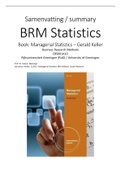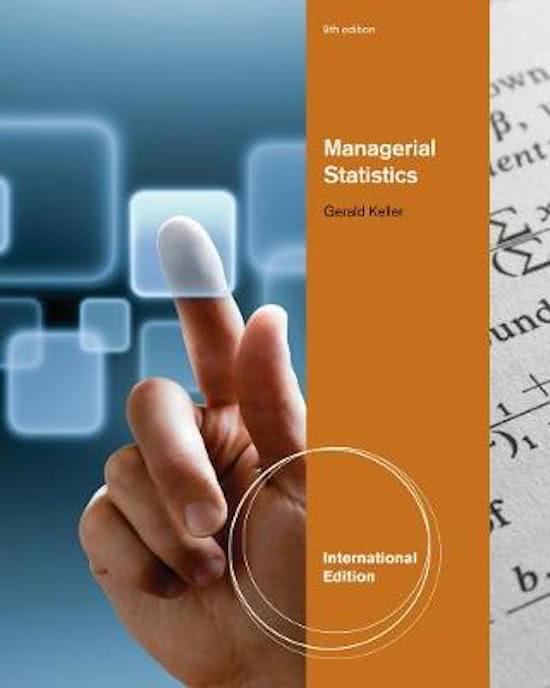Samenvatting
Summary / Samenvatting (managerial Statistcis -G. Keller (2012)) - Statistic part of Business Research Methods (EBS001A10)
- Instelling
- Rijksuniversiteit Groningen (RuG)
Summary / Samenvatting (managerial Statistcis -G. Keller (2012)) - Statistic part of Business Research Methods (EBS001A10) Summary of Chapter 1-13 & 15-17 & 19
[Meer zien]





